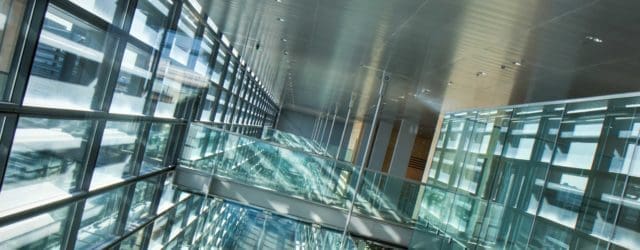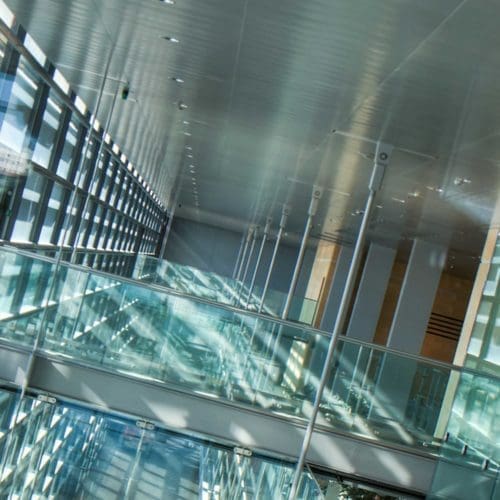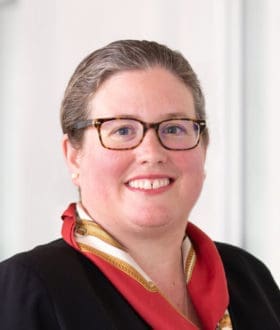ARCHITECTS’ ROUNDTABLE – SEPTEMBER 2022
October 2022On 28 September, Beale & Co were delighted to host its latest Architects’ Roundtable for leading architectural practices.
The roundtable provided an opportunity for architects to share their experience on the key issues, some new and some prevailing, that are affecting the industry and to discuss the challenges of today and the future.
The roundtable focussed on five main topics:
- Weathering the current economy and inflation (introduced by Alex Shall of Praxis LLP)
- PI Insurance and Fire Safety
- Working internationally in the current market
- Equality, diversity and inclusion in the construction industry
- Building Safety Act 2022
A summary of the discussions is provided below. A further roundtable will be arranged in due course to follow up the points raised in these discussions and highlight new developments in the industry.
1. Weathering the current economy and inflation (introduced by Alex Shall of Praxis LLP)
Beale & Co were delighted to welcome Alex Shall, a general Chartered Accountant and business advisor who has a focus on professional consultants. Alex introduced the topic of inflation and summarised some of the main challenges facing architects and the construction industry more generally as he saw them. These included: the findings of the RIBA Future Trends survey in August, which reported that the Workload Index fell to a figure of -8 and this negative figure indicates that fees are decreasing for architects; the suspected salary inflation rate of about 7%; and the overhead inflation rate of about 7%.
The roundtable heard from Alex that architect fees need to be reconsidered and pushed up where possible otherwise architects will be working at a loss. The group agreed that this is challenging at the moment, because there are long-term frameworks in place, repeat clients and reputations to protect. It was felt by attendees that their fees are being squeezed while their employees are asking for higher wages and more benefits. Such factors are adding to the pressure the industry is already facing.
Ways to combat inflation were discussed and those included being more efficient in house, reducing overheads, pushing more firmly for contractual entitlement to additional fees due to inflation and prolongation and managing scope change rigorously . It was also suggested by attendees that the construction industry could use these challenges as an opportunity to make radical improvements for the benefit of the profession with more focus on outcomes/value. It was also discussed that a similar survey was carried out by AIA on the US market which reported a positive figure in August compared to January this year, suggesting that the situation is not the same across the international market. This is a positive to be taken for those practices that operate internationally.
2. PI Insurance and Fire Safety
The roundtable discussed the current difficulties in the UK insurance market, particularly those relating to fire safety. Many insurers now impose aggregate limits of indemnity and a retrospective ‘stop-date’ on fire safety and cladding claims, and higher premiums to safeguard future claims.
There were concerns about increasingly detailed requests from clients regarding insurance cover as policy details are usually confidential and disclosure may lead to policy becoming void. The importance of speaking with insurers and/ or brokers about disclosure was underlined. Architects should also pay more attention to PI provisions and caps or exclusions on liability in contracts which align with current cover. Provisions tying liability to sums recoverable under PI insurance in respect of matters where cover was in the aggregate are increasingly being agreed.
The recent case of Martlet v Mulalley was also discussed, and it became clear that the mood of the courts and tribunals is that they are inclined more favourably to claimants. This feeds into the nervousness that PI insurers have surrounding fire safety. Attendees therefore considered that responsibility for fire safety should be borne by those best able to bear it and clients should be encouraged to appoint fire safety specialists to do so.
3. Working internationally in the current market
The attendees considered the new mutual recognition agreements being drafted. While the final legislation has not been passed yet, the ARB and NCARB (the US equivalent of the ARB) have agreed mutual recognition of qualifications, enabling eligible architects to benefit from straightforward process to register cross border. Other potential mutual recognition agreements are in development with Australia and New Zealand. These updates were received well by attendees, who agreed that this could make international projects a lot easier.
The attendees discussed the new recruitment process whereby architect firms need to become licensed in order to hire European citizens. Some attendees who have experienced the process found it to be straightforward and smooth, whilst others felt that this requirement has hindered the recruitment process as sponsorship for European applicants are more administrative than for UK applicants.
The group also touched on working abroad, particularly tendering for European projects where partnering with local architects seem to be the most favourable route into the European market.
4. Equality, diversity and inclusion in the construction industry
It was agreed that equality, diversity and inclusion are key current issues which need to be taken seriously. The attendees discussed the appointment of Muyiwa Oki as President Elect of RIBA, who wants to give a voice to those who are underrepresented within the construction industry. The attendees agreed that for a traditionally non-diverse industry, this is a big step in the right direction, as architect firms are more productive with ED&I in place. It was agreed that Covid has showed the construction industry that firms can be flexible and adapt new policies quickly.
Clients are now pushing architects to tackle this seriously in tenders which are now asking for ED&I policies and initiatives to be in place rather than solely focussing on statistics. There was a general consensus that this process is creating a much-needed commercial pressure within the construction industry as ED&I being moderated and scored should help bring about actual change. Attendees agreed that it is important for all architects to focus on enabling ED&I in the workplace as well as throughout the recruitment process. This applies both at practice level, industry level (by assisting the RIBA’s initiatives) and wider society (e.g. visiting schools etc).
It was discussed that the play “the Doctor” by Robert Icke provided a humorous look at some of the key issues on the EDI agenda.
5. Building Safety Act 2022
With the Building Safety Act now partly in force, a brief overview was provided, the key concern at the moment being the extension to limitation periods. The changes to the Defective Premises Act for extended limitation periods are only applicable to qualifying claims, namely will only cover dwellings that are unfit for habitation, and the 30 years only applies to retrospective claims and not prospective claims for which the liability period is 15 years (both extended from 6 years).
Whilst it is difficult after 6-12 years to have access to all necessary documentation, the jury is still out as to the extent to which these changes will increase the number of claims. Attendees were concerned as they had seen in some of their contracts that the limitation period had increased to 15 years for all claims, which does not reflect the law and could extend liability. Such attempts should be resisted.
Attendees were also warned to be cautious as to the scope of secondary legislation which is to be enacted under the Building Safety Act, as it is wider than just high residential flats. It was noted that this legislation will put a positive duty on architects to make sure that they are compliant with relevant requirements which is wide. In addition, the secondary legislation in relation to duty holders and the commencement of Gateways 2 and 3 will have a major impact on architects and the industry so it is important architects start to get ready for this.
Download PDF










